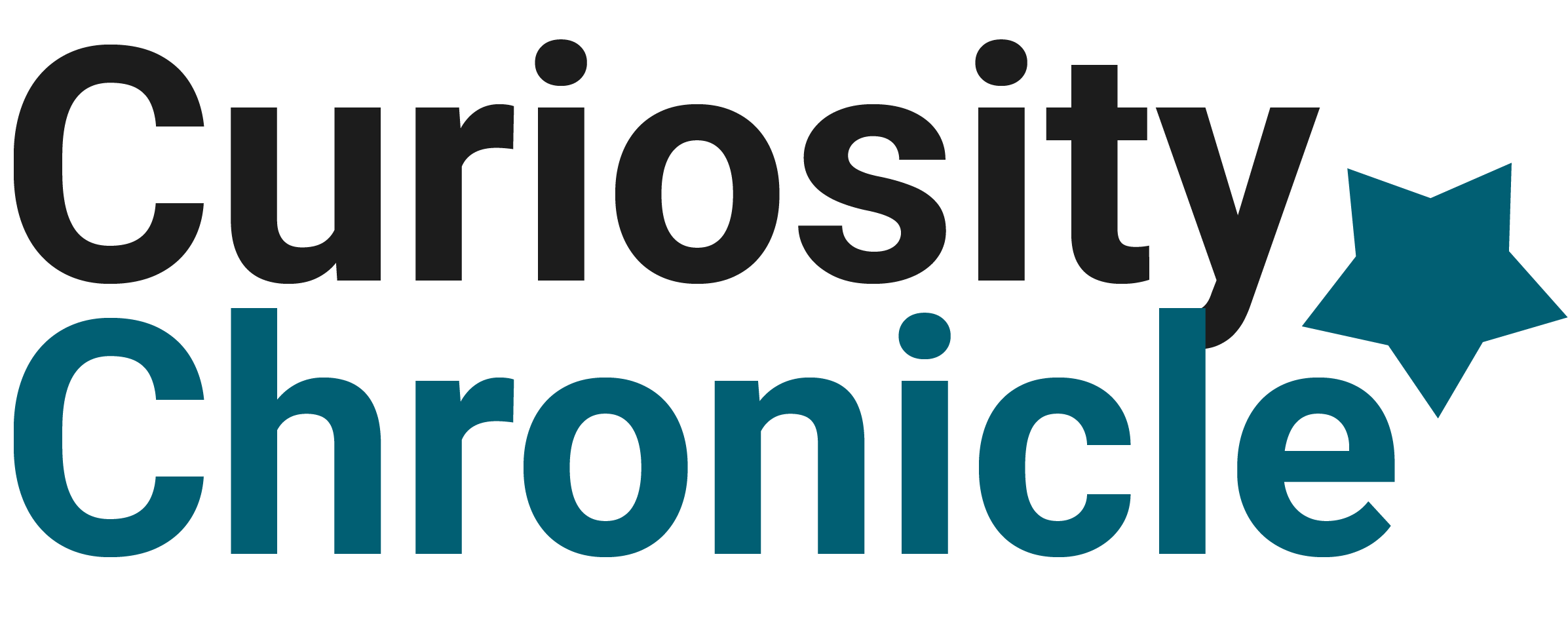Understanding Your Target Audience
One of the foundational elements of successful online advertising is a deep understanding of your target audience. Knowing who your audience is, what they need, and where they spend their time online can significantly influence the effectiveness of your advertising strategies. Start by creating detailed buyer personas, which are semi-fictional representations of your ideal customers based on data and research. These personas should include demographic information, behavioral patterns, motivations, and goals.
To gather this information, utilize tools such as Google Analytics and social media insights. These platforms provide valuable data about your audience’s age, gender, location, and interests. Additionally, conducting surveys and interviews can offer qualitative insights that numbers alone cannot convey. Once you have a clear picture of your audience, tailor your advertising messages to resonate with their specific needs and preferences.
Consider segmenting your audience into smaller groups based on shared characteristics or behaviors. This allows for more personalized and targeted advertising, which can lead to higher engagement and conversion rates. For example, an online clothing retailer might create separate campaigns for different age groups or fashion preferences.
Understanding your audience also involves keeping up with trends and changes in consumer behavior. Regularly reviewing and updating your audience profiles ensures that your advertising strategies remain relevant and effective over time.
Leveraging Social Media Platforms
Social media platforms have become indispensable tools for online advertising, offering businesses the opportunity to reach vast audiences with precision targeting. Each platform has its unique strengths and user demographics, making it essential to choose the right ones for your advertising campaigns.
For instance, Instagram is renowned for its visual content, making it ideal for brands that can leverage striking imagery or video content to engage their audience. On the other hand, LinkedIn is a powerful platform for B2B companies looking to connect with professionals and decision-makers. Facebook, with its extensive user base and advanced targeting options, remains a versatile choice for various advertising objectives.
When crafting social media ads, focus on creating compelling content that captures attention quickly. This might include eye-catching visuals, engaging videos, or persuasive copy. Utilize features such as stories, reels, or live videos to increase engagement and reach.
Moreover, social media advertising offers the advantage of precise targeting options. You can target users based on demographics, interests, behaviors, and even specific life events. This level of granularity allows for highly personalized advertising, which can lead to better conversion rates.
Finally, don’t overlook the power of social media influencers. Collaborating with influencers who align with your brand can expand your reach and lend credibility to your products or services. Influencers can help you tap into their established audiences, providing a valuable endorsement that can drive engagement and sales.
Optimizing for Search Engines
Search engine optimization (SEO) is a critical component of any effective online advertising strategy. It involves optimizing your website and content to rank higher in search engine results pages (SERPs), thereby increasing visibility and attracting more organic traffic.
Begin by conducting keyword research to identify the terms and phrases your potential customers are using to search for products or services like yours. Tools such as Google Keyword Planner or SEMrush can help you find relevant keywords with a good balance of search volume and competition.
Once you have a list of target keywords, integrate them naturally into your website content, including titles, headings, meta descriptions, and body text. However, avoid keyword stuffing, as this can negatively impact your rankings and user experience.
In addition to on-page SEO, consider off-page factors such as backlinks. Building a network of quality backlinks from reputable sites can enhance your site’s authority and improve its search rankings. Engage in guest blogging, collaborate with industry partners, or create shareable content that naturally attracts links.
Another crucial aspect of SEO is ensuring your website is mobile-friendly and loads quickly. With the majority of internet users accessing the web via mobile devices, a responsive design and fast loading times are essential for retaining visitors and reducing bounce rates.
Finally, regularly update your content to keep it fresh and relevant. Search engines favor websites that provide up-to-date information, so maintaining a content calendar for regular updates can be beneficial for your SEO efforts.





